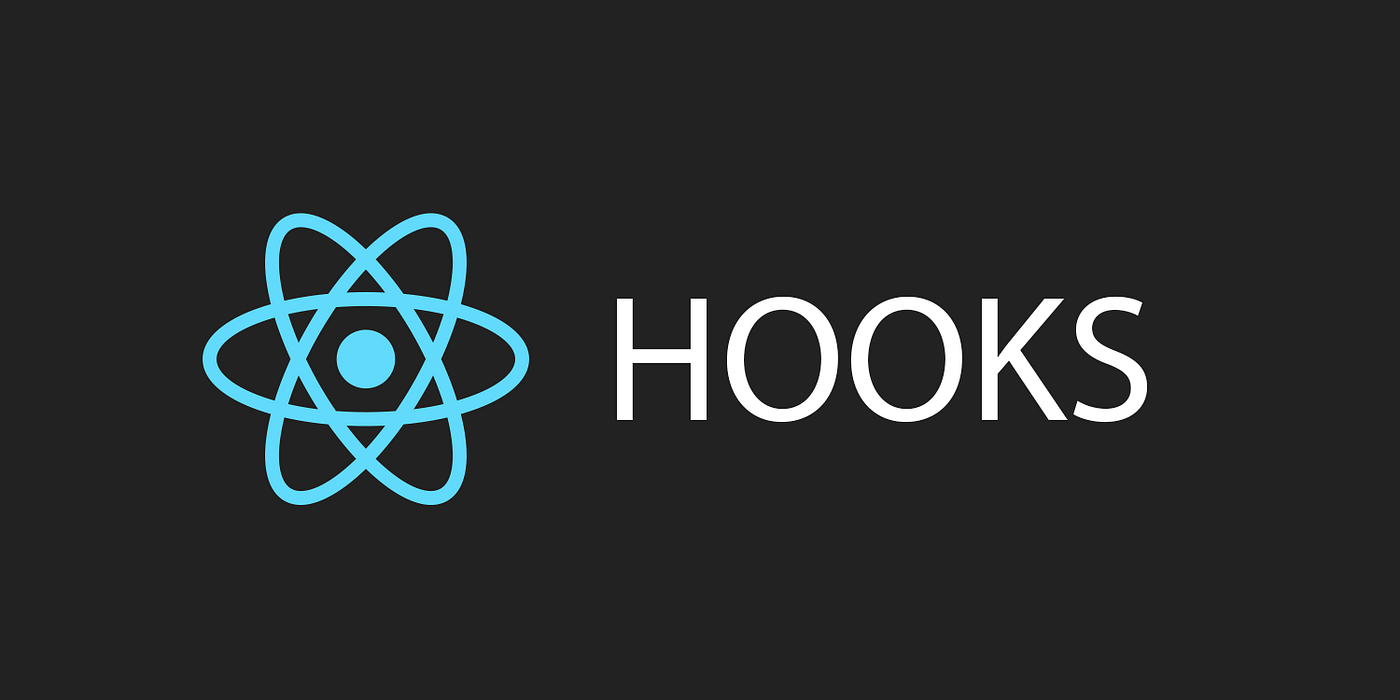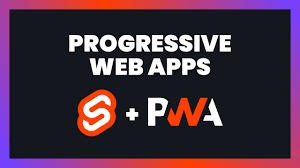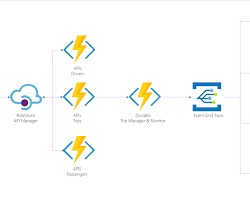
React Hooks revolutionized the way developers manage state and lifecycle events in React applications. Prior to hooks, class components were the primary means of managing stateful logic. However, hooks introduced a more concise and functional approach to state management, making code cleaner, easier to understand, and more reusable.
In this article, we’ll delve into React Hooks, exploring their core concepts, common use cases, and best practices. By the end, you’ll have a solid understanding of how to effectively utilize hooks in your React projects.
Understanding React Hooks
What are React Hooks ?
React Hooks are functions that enable developers to use state and lifecycle features in functional components. They were introduced in React version 16.8 to address some of the limitations and complexities associated with class components.
Why use React Hooks?
. Simplification: Hooks simplify components logic, reducing the need for class components and HOCs (Higher Order Components)
. Reusability : Hooks promote code reuse by allowing you to extract and share stateful logic across multiple components.
. Improved readability: Hooks make code more readable and maintainable by eliminating the need for complex class structures.
Basic Hooks vs.Additional Hooks
React provides several built-in hooks categorized into basic and additional hooks:
1. Basic Hooks:
. ‘useState ‘ :Manages state within functional components.
. ‘useEffect’ :Handles side effects and lifecycle events in functional components.. ‘useContext‘ :Accesses context in functional components.
2. Additional Hooks:
. ‘useReducer’ : Alternative to ‘useState’ for managing complex state logic.
. ‘useCallback’ : Memoizes functions to prevent unnecessary re-renders.
. ‘useMemo’ : Memoizes values to optimize performance
. ‘useRef’ : Creates mutable references that persist across renders.. ‘useImperativeHandle’ : Customizes the instance value exposed to parent components.
Core Concepts and Best Practices
useState
The ‘useState’ hook allows functional components to manage state. It returns an array containing the current state value and a function to update that value. Here’s a basic example:
import React, { useState } from 'react';
function Counter() {
const [count, setCount] = useState(0);
return (
<div>
<p>Count: {count}</p>
<button onClick={() => setCount(count + 1)}>Increment</button>
</div>
);
}
export default Counter;
useEffectThe ‘useEffect’ hook enables you to perform side effects in functional components, such as data fetching, subscriptions, or manually changing the DOM. It runs after every render by default. Here’s an example:
import React, { useState, useEffect } from 'react';
function Example() {
const [count, setCount] = useState(0);
useEffect(() => {
document.title = `You clicked ${count} times`;
});
return (
<div>
<p>Count: {count}</p>
<button onClick={() => setCount(count + 1)}>Increment</button>
</div>
);
}
export default Example;useContext
The ‘useContext’ hook provides functional components with access to React context. It receives a context object created by ‘React.createContext()’ and returns the current context value. Here’s an example:
import React, { useContext } from 'react';
import MyContext from './MyContext';
function MyComponent() {
const value = useContext(MyContext);
return <p>Context value: {value}</p>;
}
export default MyComponent;Custom Hooks
Custom hooks allow you to extract and reuse stateful logic across components. They follow the naming convention ‘useSomething’ to indicate that they use other hooks internally. Here’s an example of a custom hook for handling form input:
import { useState } from 'react';
function useFormInput(initialValue) {
const [value, setValue] = useState(initialValue);
const handleChange = (e) => {
setValue(e.target.value);
};
return {
value,
onChange: handleChange,
};
}
export default useFormInput;
Conclusion
React Hooks have fundamentally changed the way developers approach state management and component logic in React applications. By embracing hooks, you can write cleaner, more concise code that is easier to understand and maintain.
In this article, we covered the basics of React Hooks, including their core concepts, common use cases, and best practices. Armed with this knowledge, you’re well-equipped to leverage the power of hooks in your React projects.Happy coding!





